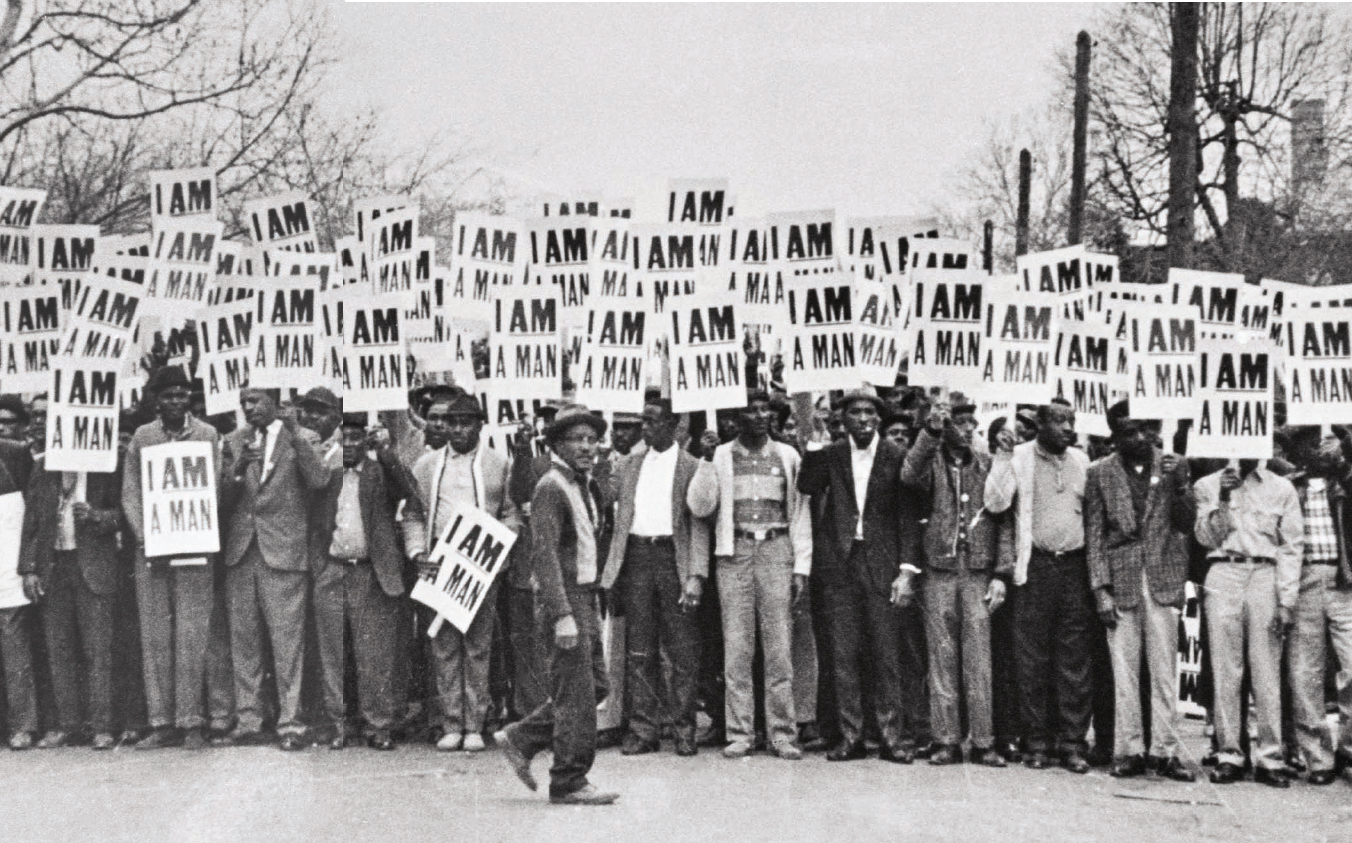I AMA MAN
Photographs of the Civil Rights Movement, 19601970
WILLIAM R. FERRISForeword by Lonnie G. Bunch III
University Press of Mississippi / Jackson
Publication of this book is made possible in part by a generous donation from the Center for the Study of the American South at the University of North Carolina at Chapel Hill.
The University Press of Mississippi is the scholarly publishing agency of the Mississippi Institutions of Higher Learning: Alcorn State University, Delta State University, Jackson State University, Mississippi State University, Mississippi University for Women, Mississippi Valley State University, University of Mississippi, and University of Southern Mississippi.
www.upress.state.ms.us
The University Press of Mississippi is a member of the Association of University Presses.
Originally published in 2018 by Ville de Montpellier and ditions Hazan as I AM A MAN: Photographies et luttes pour les droits civiques dans le Sud tats-Unis, 19601970
English-language edition copyright 2021 by
University Press of Mississippi
All rights reserved
Manufactured in Korea
First printing 2021
Library of Congress Cataloging-in-Publication Data available
LCCN 2020030522
ISBN 9781496831620 (hardback)
ISBN 9781496831637 (epub single)
ISBN 9781496831644 (epub institutional)
ISBN 9781496831651 (pdf single)
ISBN 9781496831668 (pdf institutional)
British Library Cataloging-in-Publication Data available
CONTENTS
FOREWORD
During the summer of 1964, my family traveled from our home in New Jersey to a small town in rural North Carolina to visit my maternal grandparents. Though the interstate highway system was under construction, most of the trip took us on two-lane roads through small southern towns that were scenic, historic, and segregated. As with any African American family journeying down south in Jim Crow America, we prepared to face the reality of restaurants that did not cater to all who hungered, billboards that celebrated the local presence of the Ku Klux Klan, and police officers whose enforcement of the law was shaped or misshaped by the color line.
I remember vacillating from being vigilant in case of trouble to napping to help pass the long hours on the road. Shortly after midnight I was awakened as the car stopped and my father, then the sole driver in the family, needed a break. He had pulled off the road and into a motel/motor lodge that was comprised of a semicircle of individual cabins. When I looked up, he was having a cigarette under a sign that read Whites Only. I was scared, worrying that we would run afoul of the discrimination and the often violent response that was an everyday part of life for black Americans. He stood under that sign for what seemed an eternity. When he finally returned to the car, he sensed my fear and anxiety. He looked at me and said, Dont worry, this is my America too. I fought in a war and I am a citizen and no one can tell me where I can stand as I breathe the air. While I was still scared, I was also proud of my fathers small but important victory in the struggle to make a fairer and freer America.
I had not thought of that moment for many years until I examined the amazing, powerful, and poignant images that comprise I AM A MAN: Photographs of the Civil Rights Movement, 19601970. These images remind us of not just the powerful moments like the Ernest Withers shots of Martin Luther King Jr. or the way Spider Martin captured the bravery and the carnage of Bloody Sunday in Selma, Alabama, but also the less remembered, smaller acts of bravery and resistance like my dad quietly confronting segregation or the image of the dignified African American woman in the paddy-wagon in Birmingham by Bob Adelman. This collection helps us realize how significant actions and more modest, often unacknowledged victories helped to transform a nation.
















